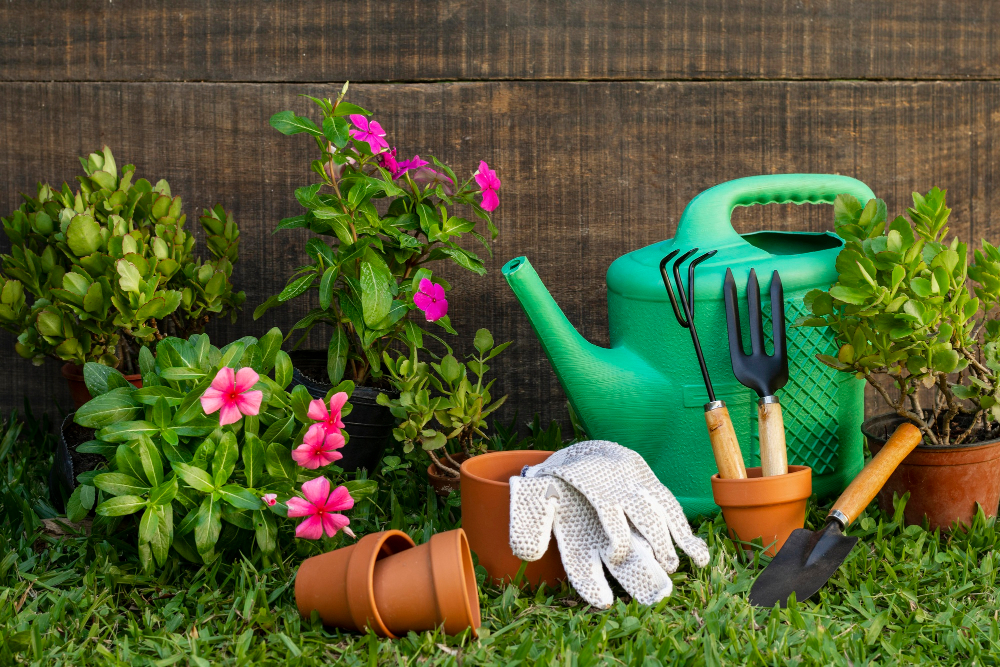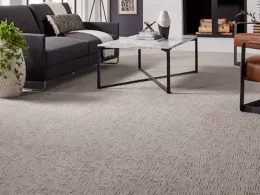Introduction:
Gardens are not just spaces filled with plants; they are opportunities for creativity and self-expression. With the right design principles and a touch of imagination, you can transform an ordinary garden into an extraordinary oasis. In this article, we will explore the essential steps to master garden design and create a stunning outdoor space that reflects your personal style.
1. Define Your Vision:
Before diving into garden design, take some time to envision what you want your garden to look and feel like. Consider your preferences, lifestyle, and the purpose of your garden. Do you want a serene retreat, a vibrant flower garden, or a functional space for entertaining? Defining your vision will guide your design choices and ensure a cohesive and harmonious outcome.
2. Assess Your Space:
Next, assess the physical characteristics of your garden space. Take note of the size, shape, and existing features such as trees, slopes, or structures. Understanding these elements will help you make informed decisions about layout, plant selection, and hardscape design. Consider factors like sunlight exposure, soil quality, and drainage as well.
3. Plan Your Layout:
A well-designed garden requires careful planning. Start by sketching a rough layout of your garden, including areas for different purposes like seating, pathways, and plant beds. Consider the principles of balance, proportion, and focal points to create a visually appealing design. Remember to leave enough space for plants to grow and for easy movement within the garden.
4. Choose the Right Plants:
Selecting the right plants is crucial for a successful garden design. Consider factors such as climate, soil conditions, and maintenance requirements when choosing plants. Aim for a mix of different plant types, including trees, shrubs, perennials, and annuals, to create depth and interest. Pay attention to color, texture, and bloom times to ensure a visually pleasing composition throughout the seasons.
5. Incorporate Hardscape Elements:
Hardscape elements like pathways, patios, and structures can add structure and functionality to your garden. Choose materials that complement your overall design and blend well with the surrounding environment. Consider using natural stone, wood, or concrete for a timeless and durable look. Integrate seating areas, water features, or garden art to enhance the overall aesthetic appeal.
6. Create a Sense of Unity:
To achieve a cohesive garden design, create a sense of unity by repeating certain elements throughout the space. This could be through the use of color, shape, or texture. By establishing a consistent theme, your garden will feel harmonious and visually pleasing. However, don’t be afraid to add some contrasting elements to create interest and focal points.
7. Pay Attention to Details:
The little details can make a big difference in garden design. Pay attention to the finer aspects such as edging, lighting, and maintenance. Well-defined edges can give a polished look to your garden beds, while strategic lighting can create a magical ambiance in the evenings. Regular maintenance, including pruning, weeding, and fertilizing, will ensure your garden stays in top shape.
Conclusion:
Mastering garden design is a journey that requires creativity, planning, and attention to detail. By defining your vision, assessing your space, and incorporating the right elements, you can transform an ordinary garden into an extraordinary outdoor sanctuary. Remember to experiment, adapt, and enjoy the process as you create a garden that reflects your unique style and brings joy to your life. Happy gardening!










